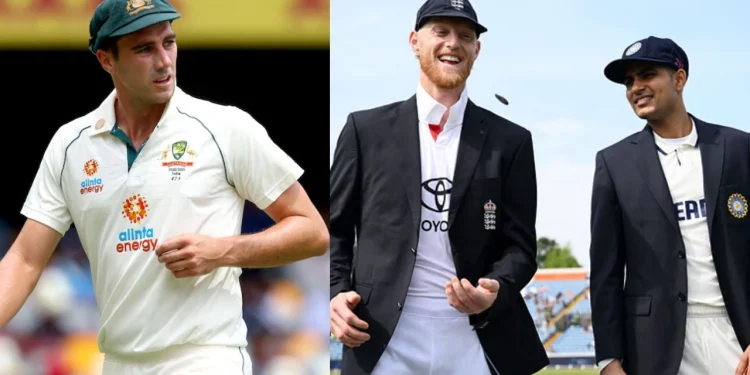Plans to split teams into two categories were not widely supported, therefore it is likely that all 12 Full Member nations will be in a single division for the upcoming World Test Championship (WTC) cycle. In the meantime, there are also plans to bring back the short-lived ODI Super League.
Key concerns pertaining to cricket’s three forms were to be addressed by a working group headed by former New Zealand batsman Roger Twose. During last week’s quarterly meetings in Dubai, the committee recently gave its recommendations to the Chief Executives’ Committee (CEC) and the ICC Board.
Given that several nations have already started organizing bilateral series for the upcoming WTC cycle (2027–29), there was a sense of urgency to these talks.
When the working group was established at the ICC Annual Conference in July, the topic of a two-tier Test system—which has come up several times over the last ten years—was discussed once more.
But in the end, the plan was abandoned because of doubts about the financial framework needed to support it. Australia, England, and India were mentioned as possible financial backers for teams assigned to a possible second tier, but those talks fell through.
The West Indies, Sri Lanka, and Pakistan—nations who are certain to finish in division two—vehemently opposed the concept, arguing that it would deprive them of opportunities to play against elite teams. Relegation and promotion also caused more issues, as the main three boards voiced worries about the possible financial effects of relegation.
“As England, we would not want to experience a period of inactivity, which would mean that we would be placed in Division Two and would not be able to play against Australia and India. That was not possible. According to ESPNcricinfo, ECB chief Richard Thompson told the BBC in August that “common sense needs to be applied here.”
The working committee has instead suggested a 12-team WTC, with the possibility of Afghanistan, Zimbabwe, and Ireland joining an enlarged league for the upcoming cycle, which is scheduled to start in July 2027. Although the precise number has not yet been decided, all teams will have to play a minimum number of Test matches throughout the cycle under the proposed format.
Nevertheless, no more funding is anticipated to be given for hosting Test matches, a problem that has primarily impacted smaller Full Members like Ireland, where the hefty expenses of setting up five-day matches have long been an issue.
“It ensures that every individual is participating in Test cricket. According to ESPNcricinfo, a board director stated, “Those who truly want to play the format now have opportunities and there is an incentive for other teams to play them.”
Significant changes were also made to the white-ball forms; the ODI Super League, which was discontinued after the 2023 World Cup, may be about to return. Launched in July 2020, the 13-team competition was initially intended to give the dwindling 50-over format more purpose and competition.
Many smaller Full Members and Associate nations were unhappy by the decision to finally cancel it in the face of an increasingly crowded international calendar. The number of teams that would participate in a redesigned league—which could only be reinstated starting in 2028—was not specified in the most recent proposal.
“The 50-over format might be revitalized with the Super League’s assistance. Finding the right structure might be the issue, rather than the format being dead, according to one administrator.
The 50-over World Cup will have 14 teams in 2027, but there doesn’t seem to be any plans to increase the number of teams from the 10-team format utilized in the previous two editions. Despite requests from some administrators to progressively expand participation to 24 teams, with a long-term objective of reaching 32 nations, the T20 World Cup is also anticipated to stay a 20-team competition.
In the meantime, a proposal to update the T20 World Cup qualifying method has been filed by Associate Members. A single global qualifier would decide the remaining seats in the proposed model, which is comparable to the men’s Olympic qualifying road and systems used in other international sports. Both Associate teams and Full Members who don’t automatically qualify based on standings may enter this competition.
In addition to providing Associates with a new source of income, proponents of the concept contend that a global qualifier will allay worries expressed by certain Asian cricket boards, who contend that the existing regional qualification system restricts their chances of qualifying for the main event.
The worldwide qualification event is intended to be introduced as a step toward the 2028 T20 World Cup. The 90-minute format is not yet anticipated to receive formal ICC approval, despite support from certain powerful individuals and the explosive growth of T10 leagues around the world. These topics will be further discussed by the ICC Board in its upcoming sessions in the early part of next year.







